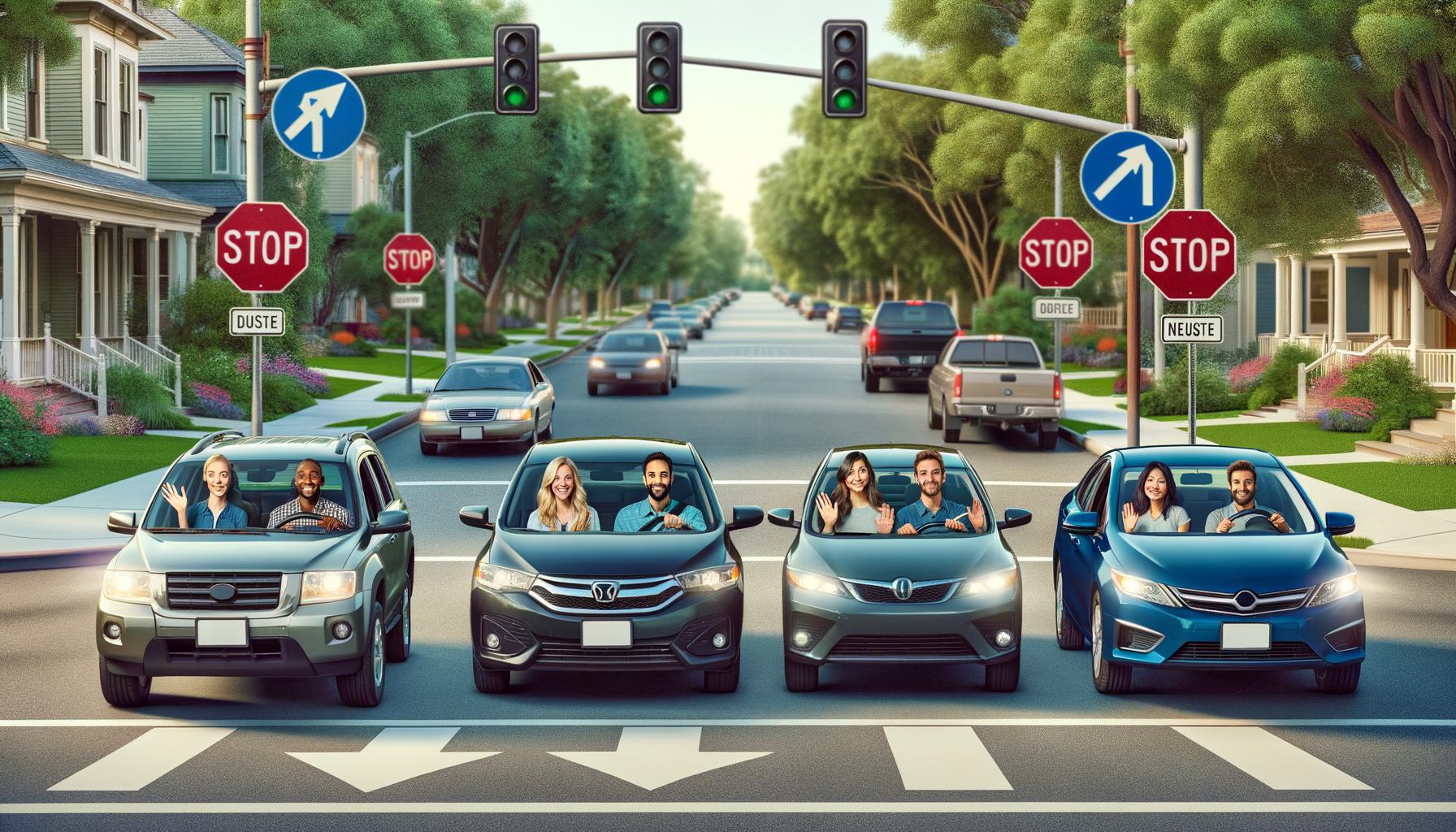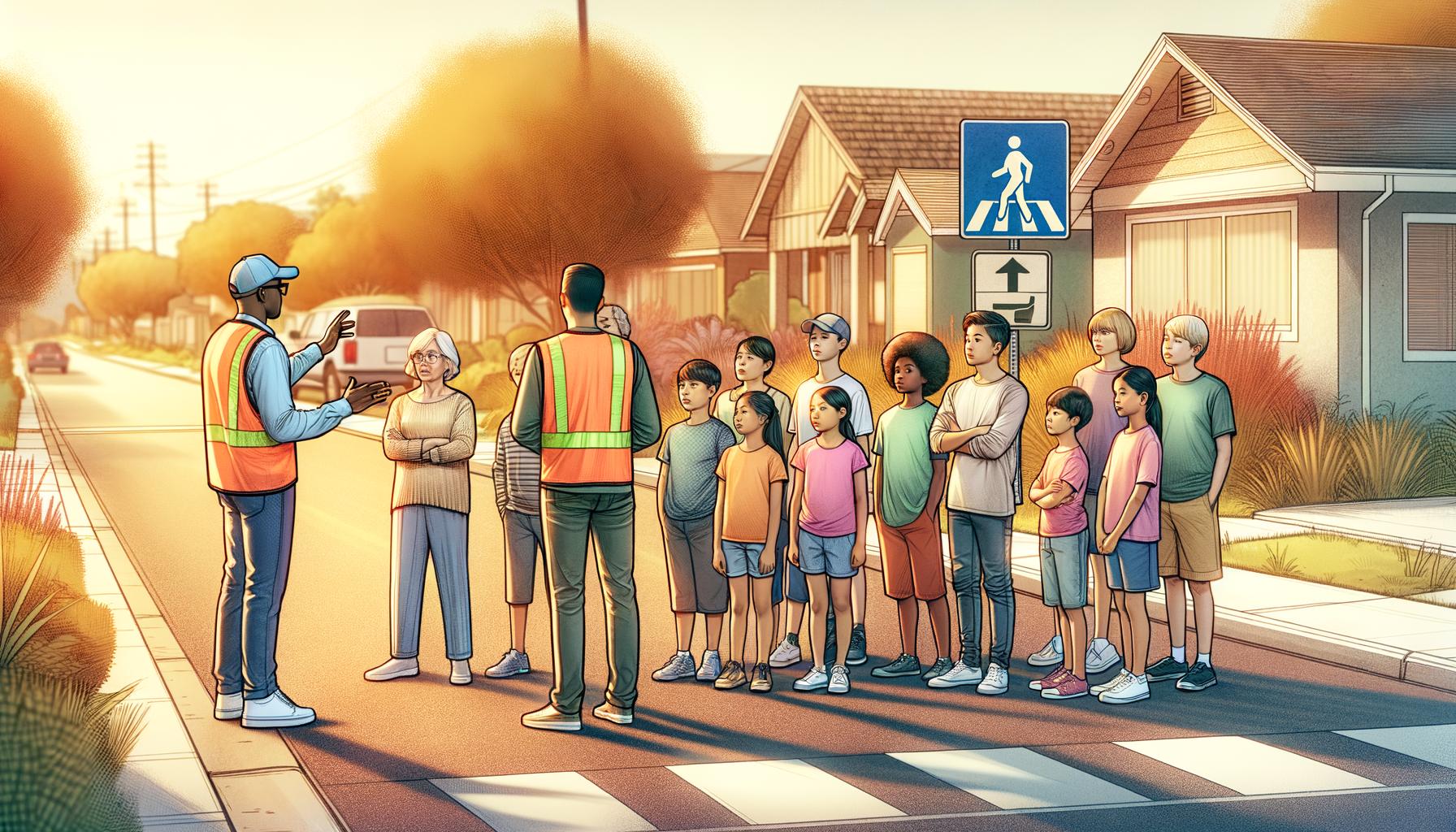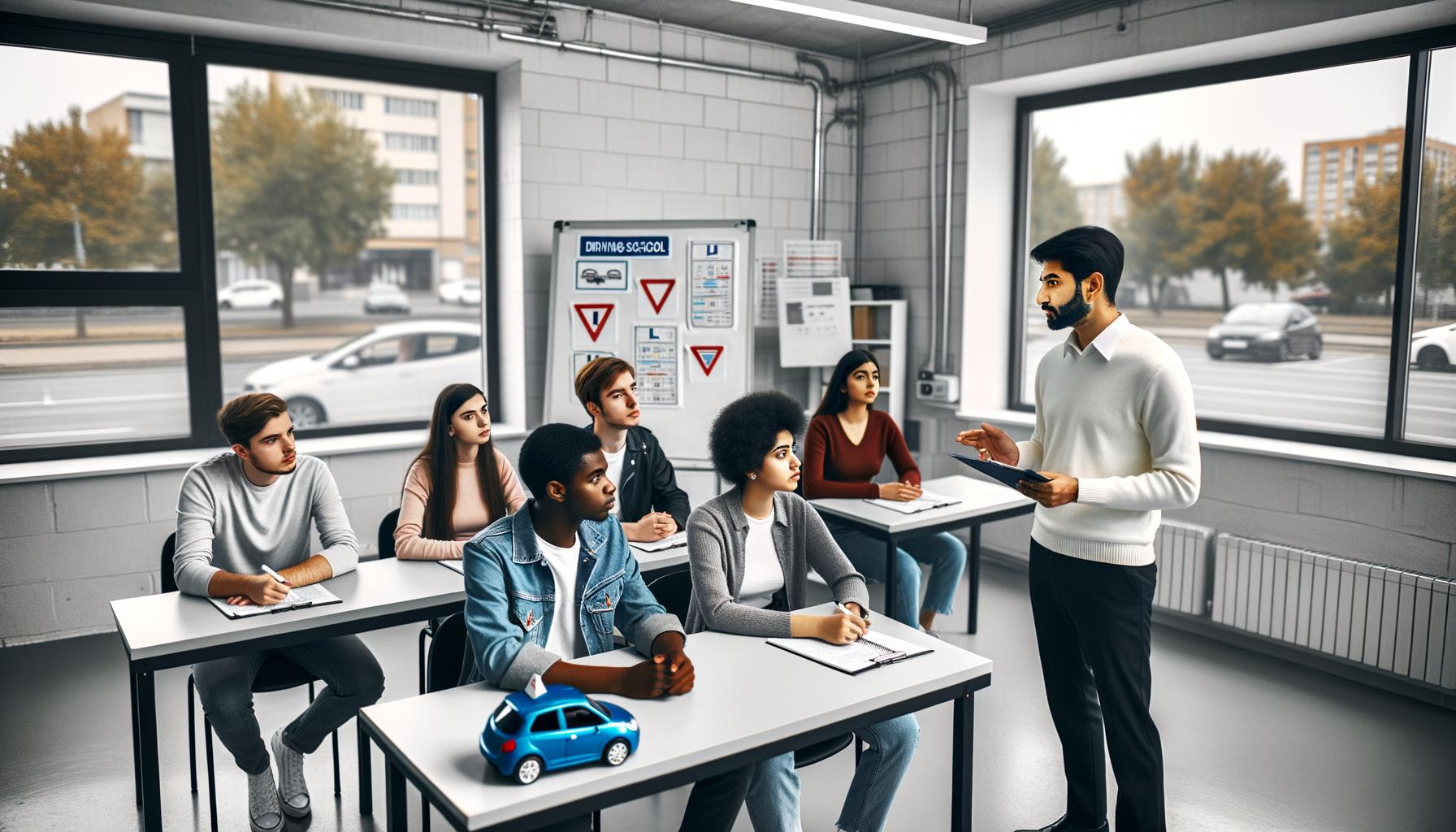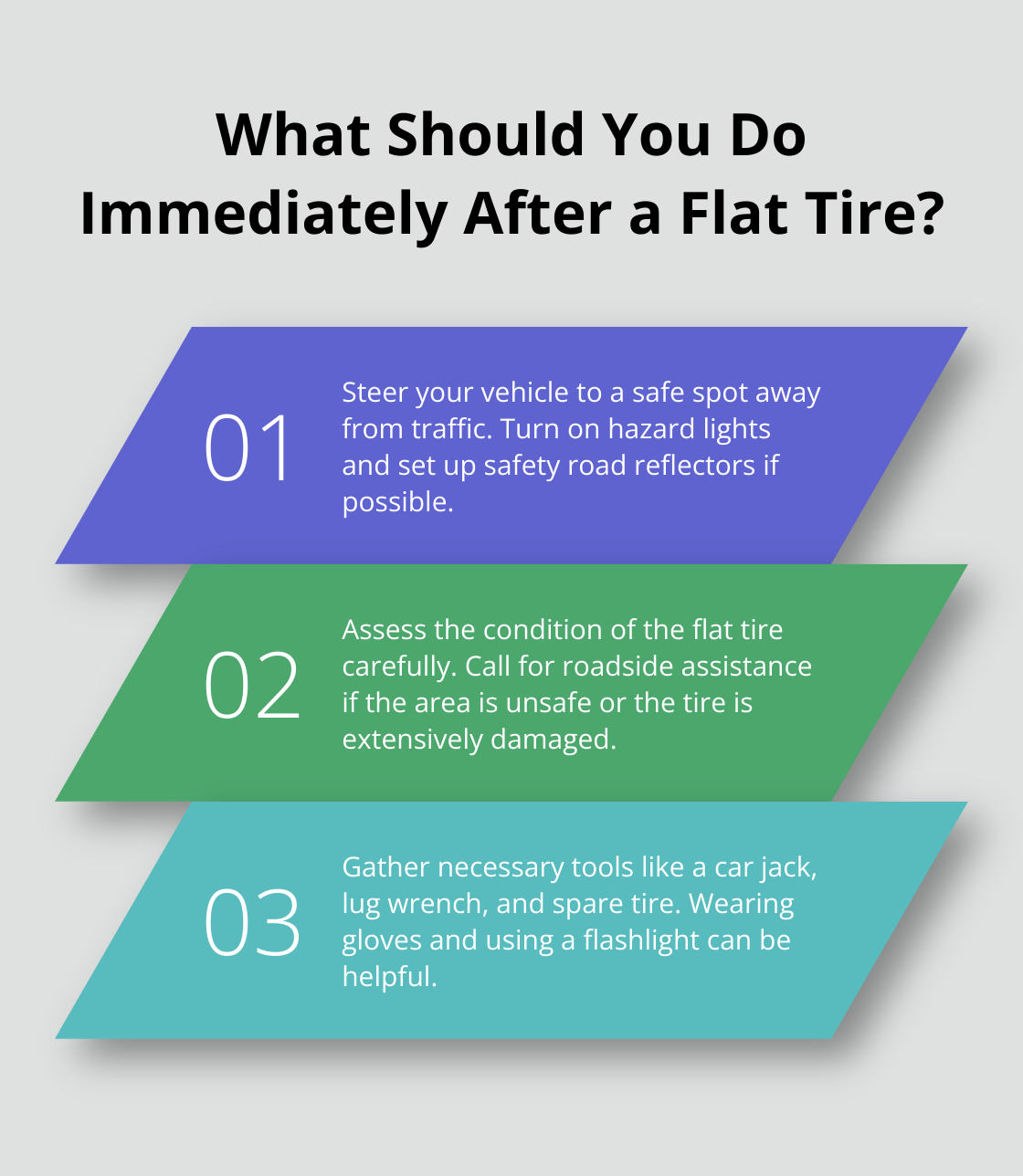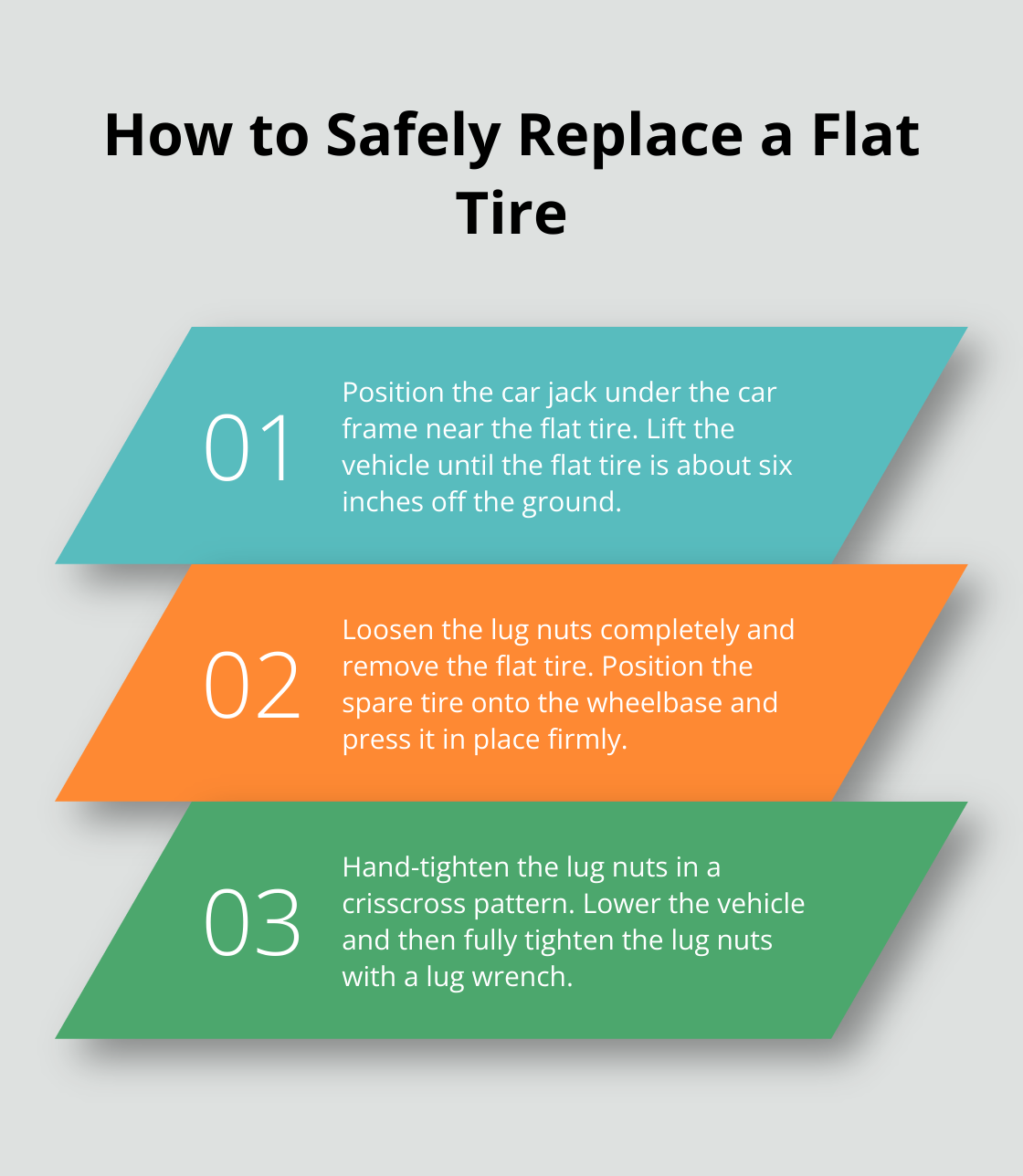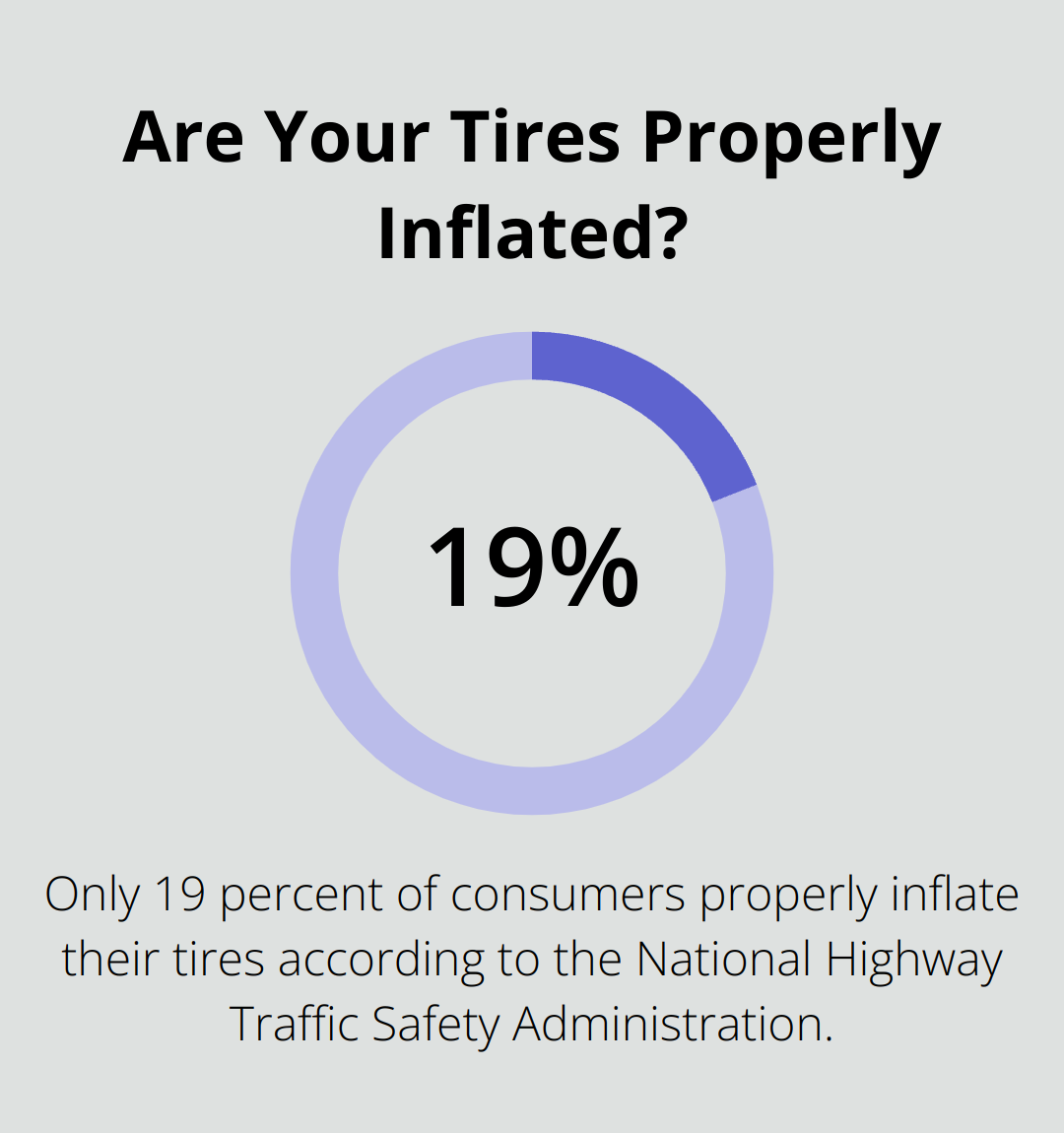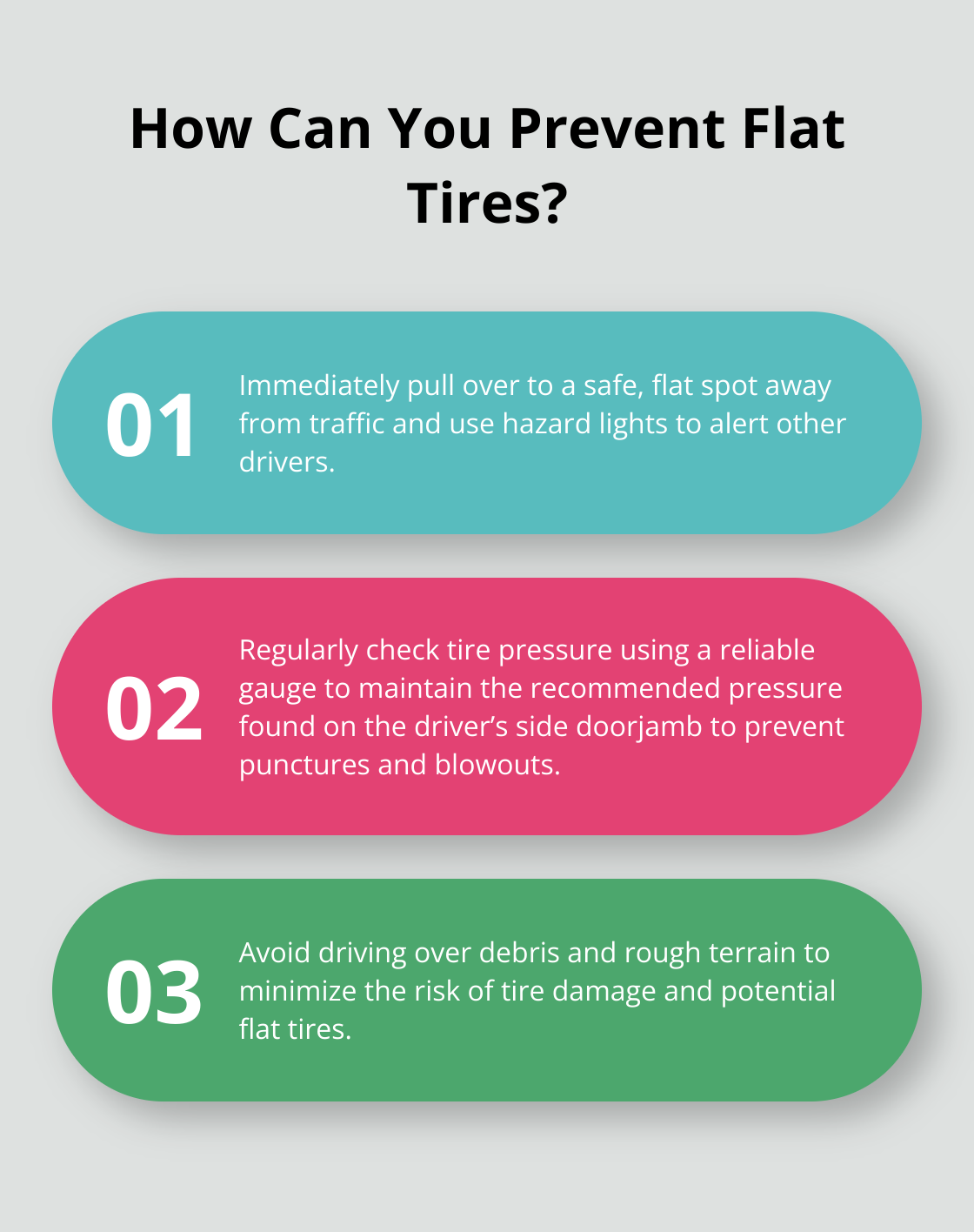DUI Prevention Tips: Best Practices
Driving under the influence (DUI) continues to be a serious issue with far-reaching consequences.
At The Wiser Driver Driving School, we believe that effective prevention is key to reducing these incidents.
By understanding the risks and implementing practical strategies, we can all contribute to safer roads. This blog post aims to provide actionable tips and tools to help prevent DUI.
What Are the DUI Risks?
Driving under the influence (DUI) poses significant risks that everyone should be aware of. Not only does it endanger lives, but it also carries heavy legal and personal consequences.
Hard-Hitting Statistics on DUI
Every single day, about 28 people in the U.S. die in alcohol-related vehicle crashes. That translates to one person every 52 minutes, according to the National Highway Traffic Safety Administration (NHTSA). These aren’t just numbers; they represent lives lost and families devastated. Nearly 29% of all traffic fatalities in the U.S. involve alcohol, highlighting the pervasive nature of this issue.
Consequences Beyond the Road
The legal ramifications of a DUI are severe. A first-time offender can face fines of up to $2,000 and jail time ranging from three days to six months, depending on the state. Beyond fines, a DUI conviction often results in license suspension, mandatory participation in alcohol education programs, and the installation of an ignition interlock device. These devices cost about $70 to $150 to install and carry monthly fees of $60 to $80.

It’s not just about the immediate penalties. The long-term impacts can be devastating. DUI convictions can lead to job loss, increased insurance rates by as much as 94%, and even denial of professional licenses. Employers of commercial drivers are particularly affected, as they may also face liability for incidents caused by their employees.
A Broader Safety Concern
Safety should always be the priority. Driving under the influence compromises cognitive function and slows reaction times, making accidents more likely. These accidents can result in serious injuries or fatalities not just for the driver but for passengers, pedestrians, and other road users.
Alcohol-related crashes cost the nation over $52 billion annually in medical costs, lost productivity, and property damage. This financial burden is a significant drain on public resources and impacts societal welfare.
We must also consider the ripple effects on public safety. Law enforcement agencies spend considerable resources policing DUI offenders. Programs like the NHTSA’s “Drive Sober or Get Pulled Over” campaign and increased police patrols in high-risk areas are essential but costly efforts. Ignition interlock laws for first-time offenders and zero-tolerance policies for under-21 drivers are vital measures but require broad public support and rigorous enforcement. In states like Montana, where the DUI fatality rate is highest at 44%, strong enforcement efforts are paramount.
By acknowledging these risks and adopting proactive safety measures, we can contribute to reducing DUI incidents and making our roads safer for everyone.
How Can You Prevent DUI?
Preventing DUI requires a combination of thoughtful planning, using available tools, and making responsible choices. Here are some practical strategies to help reduce the risk of driving under the influence.
Have a Transportation Plan
Planning your transportation in advance is a key step in preventing DUI. Before heading out, decide how you will get home safely if you plan to drink. Designate a non-drinking driver among your group. If that’s not possible, consider using public transportation options such as buses or trains, which are available in many cities and towns.

For those in areas where public transit may not be as accessible, scheduling a rideshare service like Uber or Lyft can be a reliable alternative. These services operate in most urban and suburban areas and provide an easy way to avoid driving after drinking. While a AAA Foundation for Traffic Safety survey found that nearly 70 percent of Americans believe they won’t drive under the influence, the use of rideshare can further ensure people have a safe alternative.
Utilize Rideshare and Public Transit
Rideshare services have quickly become a go-to resource for avoiding DUI. With the convenience of a smartphone app, rideshare platforms provide a straightforward way to request a ride. They are often faster and more flexible than waiting for a taxi. As of 2024, cities with high rideshare usage report up to a 10% decrease in DUI arrests, demonstrating the effectiveness of this option.
Public transit remains a solid choice as well. Many cities extend public transportation hours during weekends and holidays to accommodate late-night travelers. Familiarize yourself with the routes and schedules beforehand to minimize uncertainty. Studies from the National Institute on Alcohol Abuse and Alcoholism highlight that increased public transit accessibility correlates with lower DUI incidences in urban centers.
Host Safer Events
If you’re hosting an event where alcohol will be served, take steps to help your guests stay safe. Provide non-alcoholic drink options and hearty snacks, which can help guests pace their drinking. Consider arranging for designated drivers or partnering with local rideshare services to offer discounts to guests.
Another practical approach is to host alcohol-free events or create engaging activities that don’t center around drinking. This not only reduces the risk of DUI but also fosters a more inclusive environment for guests who prefer not to drink. According to a survey by Eventbrite, 31% of Americans prefer alcohol-free events, suggesting there’s a significant interest in such gatherings.
Some hosts even arrange for transportation through local services or provide shuttle buses to ensure everyone gets home safely. This added layer of safety can significantly reduce the likelihood of DUI incidents. Notably, community events that offer such options tend to see lower rates of accidents following the event.
By implementing these straightforward and effective strategies, we can collectively work towards reducing the incidence of DUI and making our communities safer.
How Can Technology Help Prevent DUI?
The advancements in technology have given us powerful tools to combat the problem of DUI. From innovative apps to educational programs, leveraging technology can offer practical solutions to keep our roads safer.
Breathalyzer Apps and Devices
Breathalyzer apps and devices are effective tools for anyone who wants to avoid driving under the influence. Portable breathalyzers, which can be carried in your pocket or car, provide real-time BAC (Blood Alcohol Concentration) readings. Companies like BACtrack offer devices that sync with your smartphone to give instant feedback on whether you’re fit to drive.

Using these devices is straightforward. You simply blow into the breathalyzer, and within seconds, it provides your BAC level. If your BAC is above the legal limit, you’ll know immediately that it’s time to call a rideshare or find alternate transportation. These devices can act as a backup for IID devices, which are often required for individuals with DUI offenses. Studies have shown that using a personal breathalyzer can significantly reduce instances of DUI, as people are more likely to make informed decisions about their ability to drive.
Ride-Hailing Apps Integration
Ride-hailing apps like Uber and Lyft have revolutionized the way we think about transportation. The convenience and accessibility of these services make them an ideal solution for preventing DUI. Most urban and suburban areas have extensive coverage, making it easy to get a ride at any time.
The integration of these apps with local businesses and events has been a game changer. For instance, many bars and restaurants now partner with ride-hailing services to offer discounted or even free rides for patrons. This initiative not only encourages responsible drinking but also directly contributes to a decrease in DUI incidents.
Educational Campaigns and Online Resources
Educational campaigns and online resources play a vital role in DUI prevention. Campaigns like “Drive Sober or Get Pulled Over” by NHTSA have been instrumental in raising awareness about the dangers of drunk driving. These initiatives often include multimedia advertisements, social media engagement, and community outreach programs.
Online resources are also widely available to educate the public about DUI risks and prevention strategies. Websites dedicated to road safety provide downloadable materials, videos, and interactive tools for learning. For example, organizations like Mothers Against Drunk Driving (MADD) offer comprehensive education modules that discuss the legal, financial, and personal consequences of a DUI. These resources are particularly useful in school-based programs aimed at young drivers.
By making use of these tools and information, individuals can stay informed and make smarter choices. Engaging with educational material not only equips drivers with the knowledge they need but also fosters a community of informed and responsible individuals dedicated to reducing DUI incidents.
Conclusion
In summary, DUI prevention hinges on thorough planning, technological tools, and responsible decision-making. Using rideshare services, choosing public transportation, and hosting safer events are practical steps everyone can incorporate to minimize DUI risks. Employing breathalyzer apps and leveraging modern technologies ensure real-time decision-making support. Educational campaigns further strengthen public understanding and commitment to safer driving practices.

While individual actions are vital, community responsibility plays an equally important role. Collaboration between law enforcement, schools, and local businesses can significantly bolster DUI prevention efforts. Communities that implement robust awareness campaigns and support systems create a safer environment for all residents.
By adopting these safe practices, not only do we protect ourselves, but we also contribute to the broader goal of reducing DUI incidents. It is everyone’s responsibility to ensure that our roads remain safe.
For comprehensive driving programs and professional instruction, consider The Wiser Driver Driving School. We offer state-required Joshua’s Law classes, personalized driving lessons, defensive driving courses for license points reduction, and convenient road testing services available seven days a week. Our commitment to professional and reputable instruction makes us your trusted partner for safe and skilled driving. Join us in making the roads safer by becoming a wiser driver.


